The human desire to establish communities has led to some remarkably creative
solutions in challenging environments. From cities perched on rocky outcrops to
settlements floating on water, these extraordinary towns showcase humanity’s
adaptability and ingenuity in creating homes in the most unusual places.
These remarkable settlements demonstrate how communities worldwide have
transformed seemingly uninhabitable locations into thriving population centers.
Setenil de las Bodegas, Spain
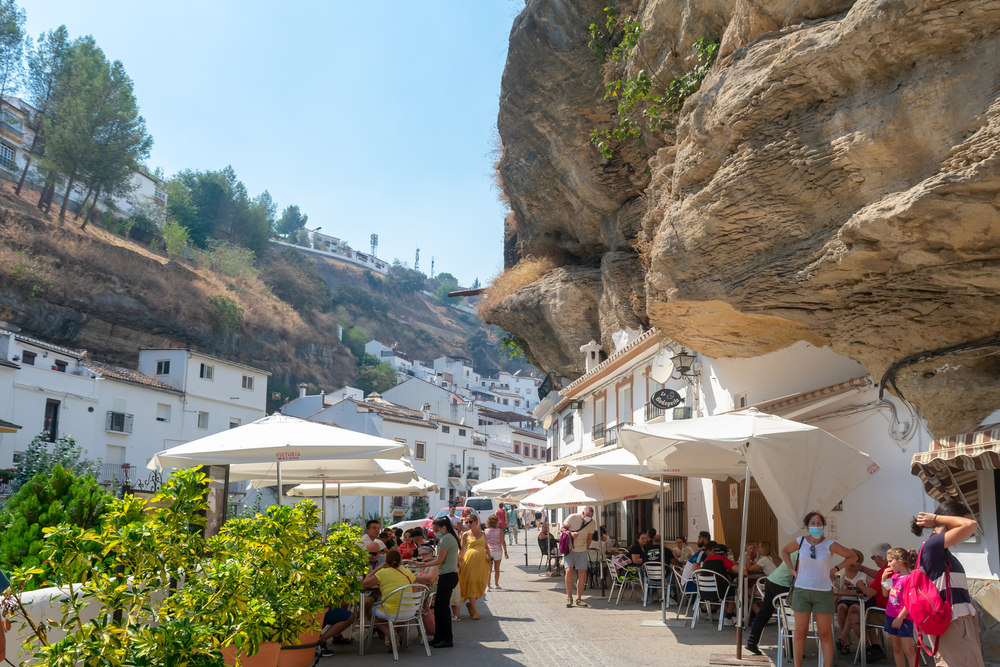
This Andalusian town lives under a rock. The whitewashed buildings are seamlessly
integrated into the overhanging cliff face, creating a natural roof for many structures.
The unique architecture dates back to the 12 th -century when residents took
advantage of the natural limestone formations.
Coober Pedy, Australia
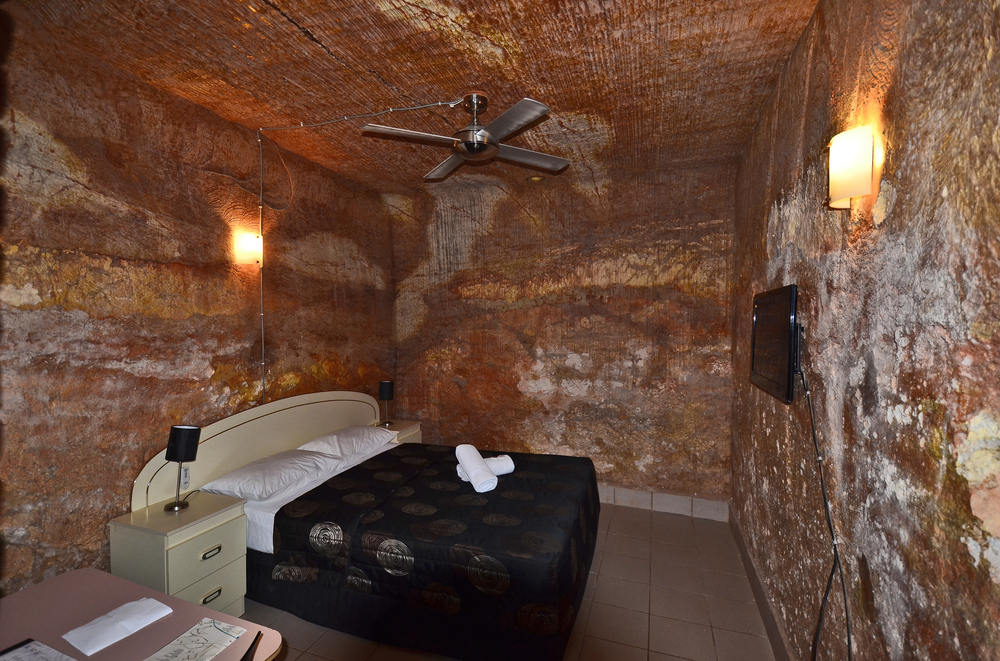
This opal mining town in South Australia has gone completely underground to
escape extreme desert temperatures. Residents have carved homes, churches, and
hotels into the red earth, creating a vast network of underground dwellings.
The underground lifestyle has earned it the nickname ‘the Capital of Opal.’
Like Travel Pug’s content? Follow us on MSN.
Giethoorn, Netherlands
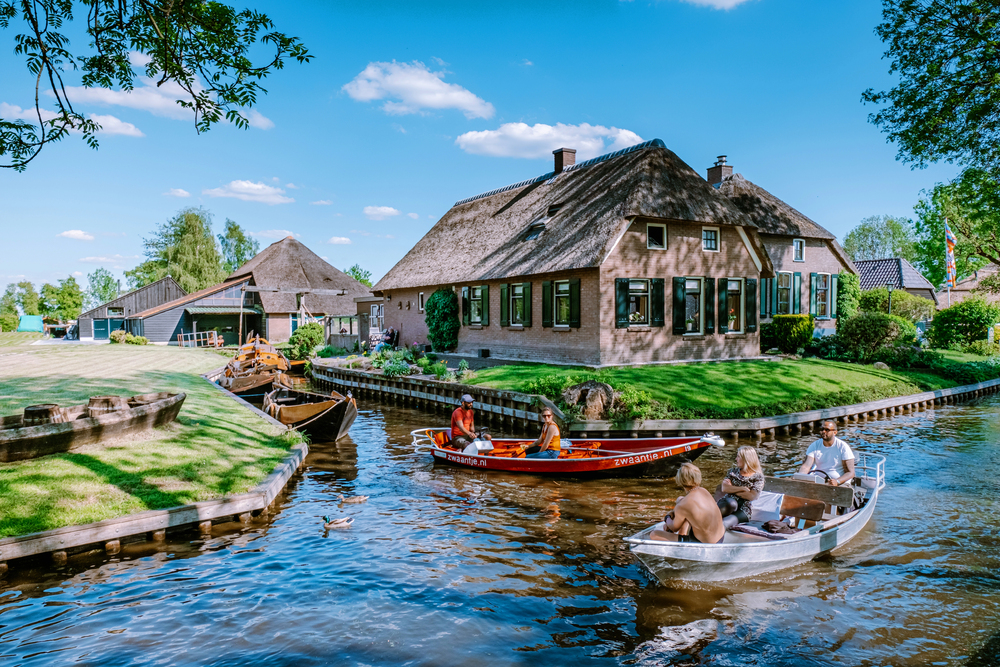
This enchanting village was built entirely without roads, with canals and footbridges
as the primary transportation infrastructure. The founders constructed the settlement
on peat islands, connecting over 180 bridges.
Residents rely on boats and traditional punting poles for daily transportation.
Civita di Bagnoregio, Italy

This ancient town sits precariously atop a plateau of volcanic rock connected to the
mainland by a single footbridge. Continuous erosion of the volcanic plateau has
slowly eaten away at the town’s foundations, earning it the nickname ‘The Dying
City.’
The community’s determination to preserve their clifftop home has led to innovative engineering solutions.
Ganvie, Benin
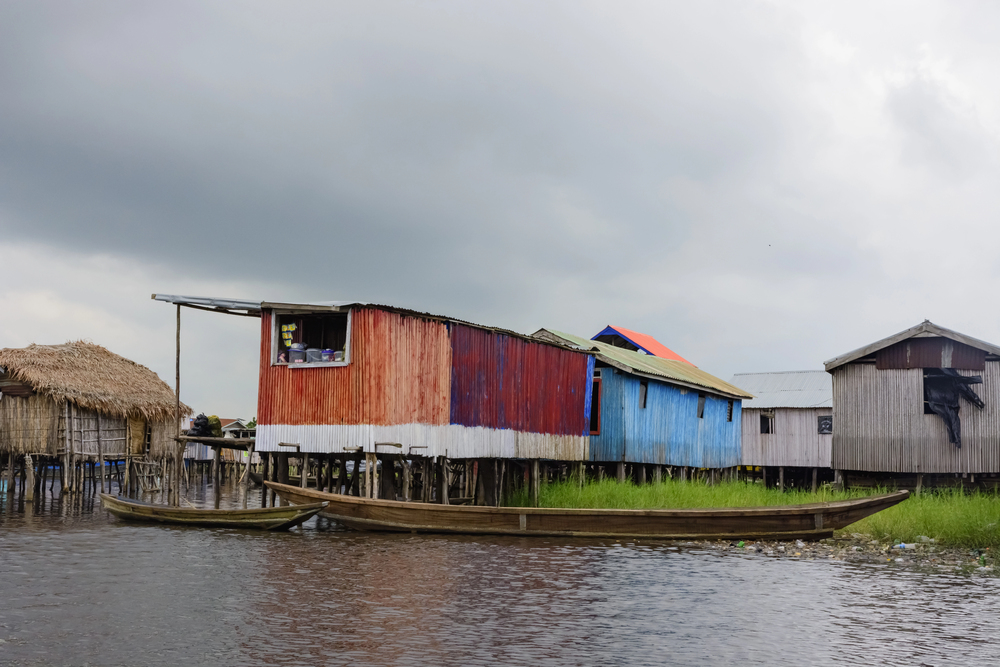
This African Venice comprises bamboo houses built entirely on stilts above Lake
Nokoué. The Tofinu people founded the settlement seeking refuge from slave
traders, as the Fon warriors were prohibited from entering the water.
The entire community lives, works, and trades on boats.
Like Travel Pug’s content? Follow us on MSN.
Whittier, Alaska
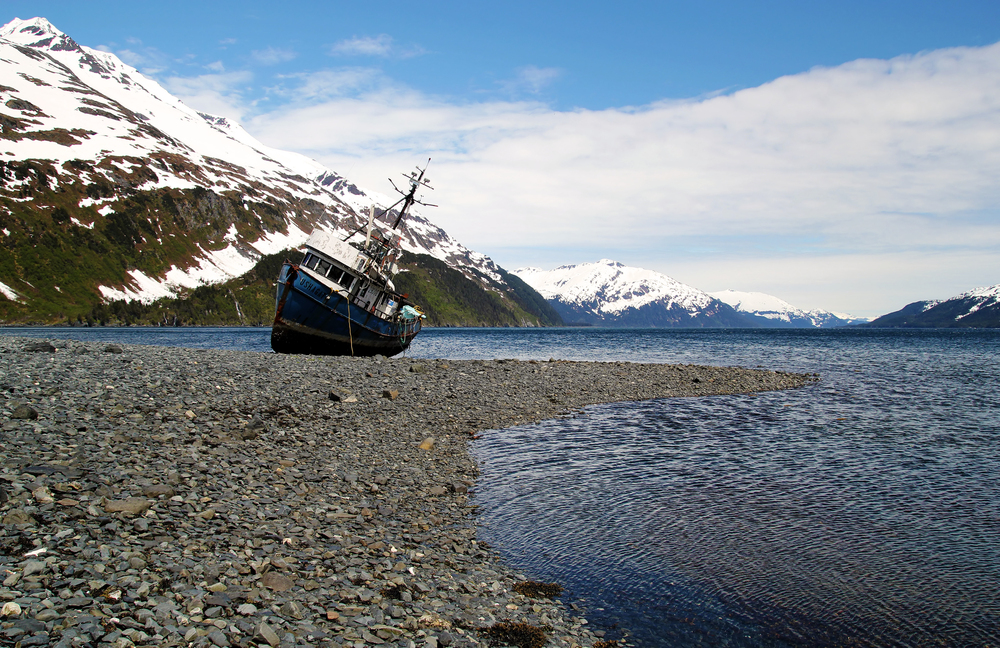
Nearly all 220 residents of this remote Alaskan town live in a 14-story Begich Towers
building. The former military facility houses apartments, shops, a health clinic, and
even the local police station.
The concentrated living arrangement helps residents survive the harsh Alaskan winters.
Rocamadour, France
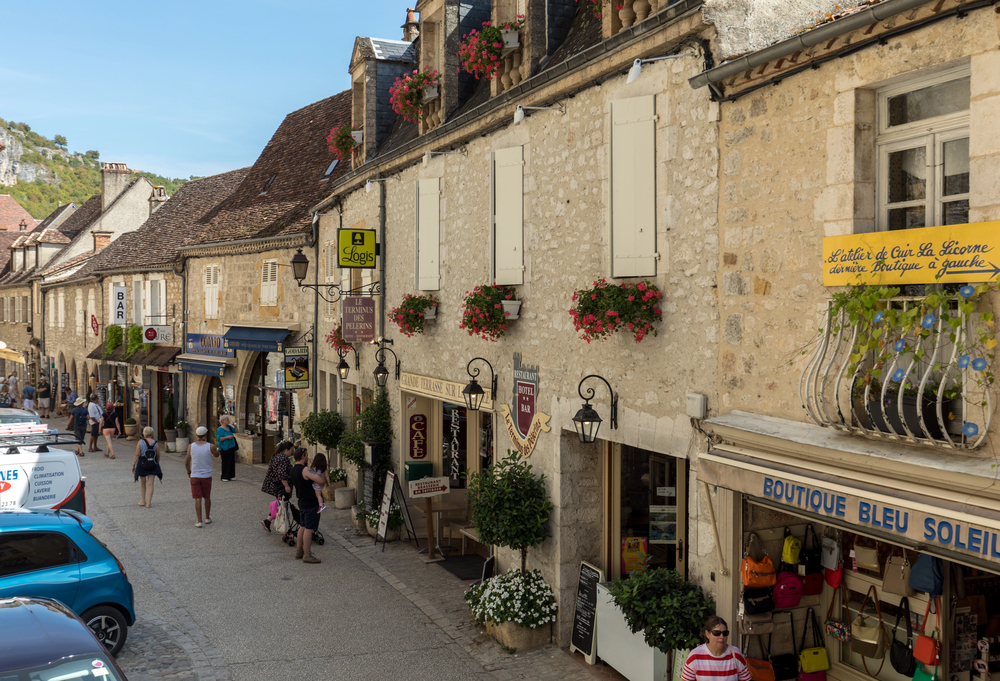
This medieval town is built in layers up the side of a cliff, with buildings seemingly
growing out of the rock face. The religious sanctuary attracted pilgrims who scaled
the 216 steps to reach the chapel complex.
The engineering required to anchor the structures to the cliff face represents remarkable medieval innovation.
Kowloon Walled City, Hong Kong
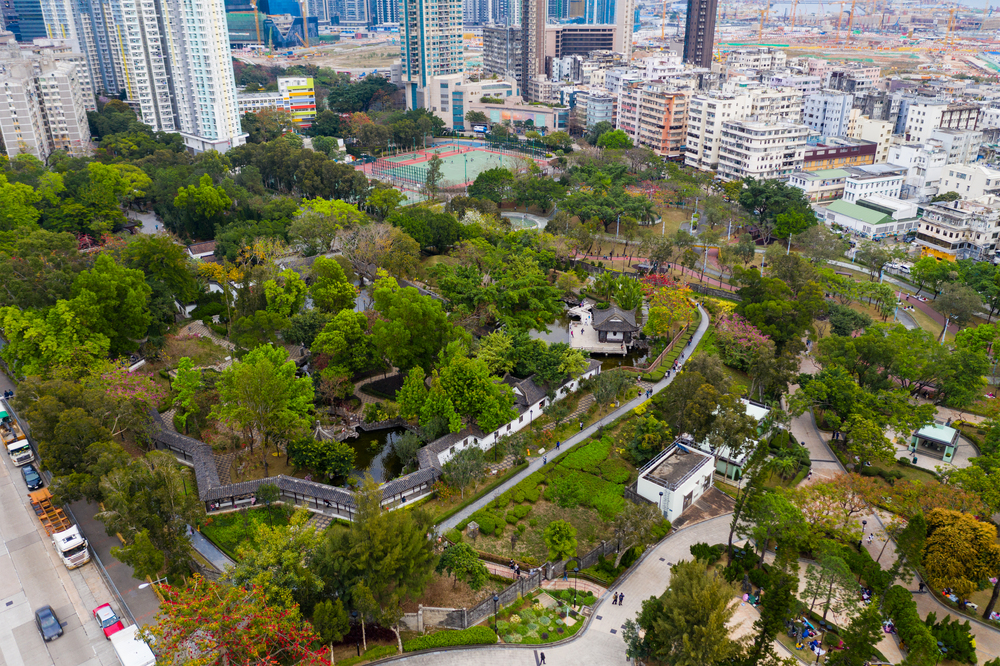
This former settlement was Earth’s most densely populated place, with 33,000
people living within its 2.6-hectare footprint. Buildings were constructed atop one
another without formal planning, creating a complex maze of interconnected
structures.
The unusual development pattern emerged from a jurisdictional void between British and Chinese authorities.
Like Travel Pug’s content? Follow us on MSN.
Cappadocia, Turkey
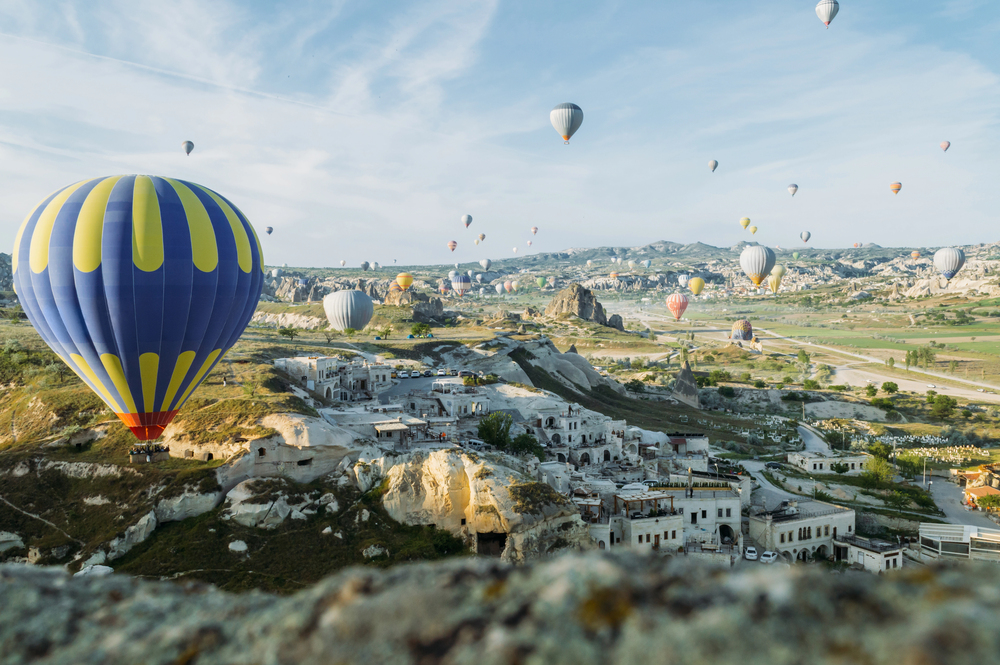
This region features entire cities carved into soft volcanic rock formations called ‘fairy
chimneys.’ Ancient peoples created elaborate multi-level dwellings, churches, and
storage facilities within the natural formations.
The rock-cut architecture provided natural climate control and protection from invaders.
Pantelleria, Italy
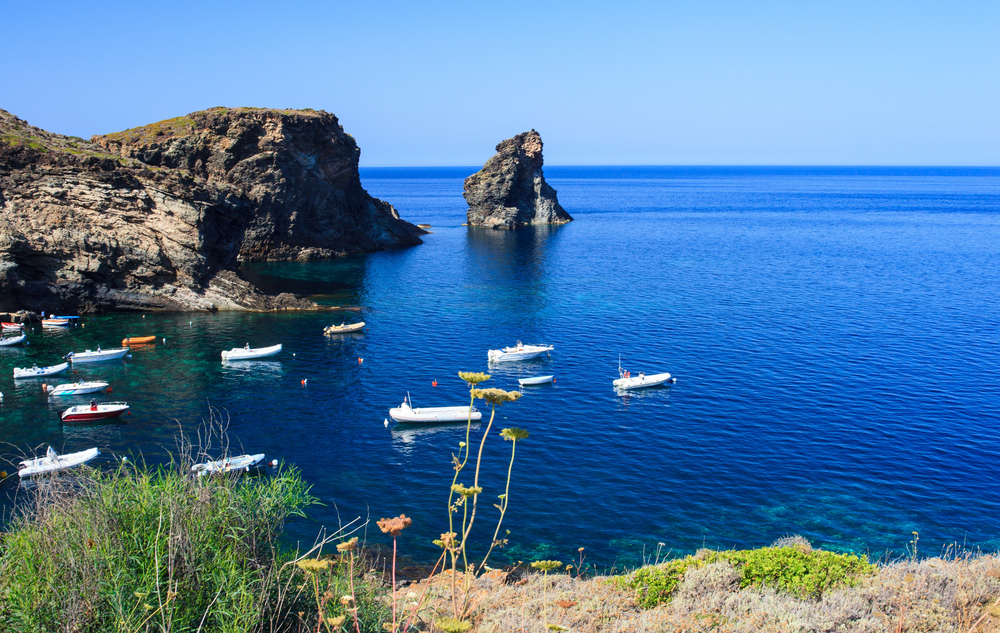
This Mediterranean island town features unique dome-shaped stone houses called
‘dammusi.’ The structures are built using volcanic rocks from the island, with thick
walls and domed roofs designed to collect rainwater.
The architectural style evolved to withstand strong winds and maximize water conservation.
Manshiyat Naser, Egypt
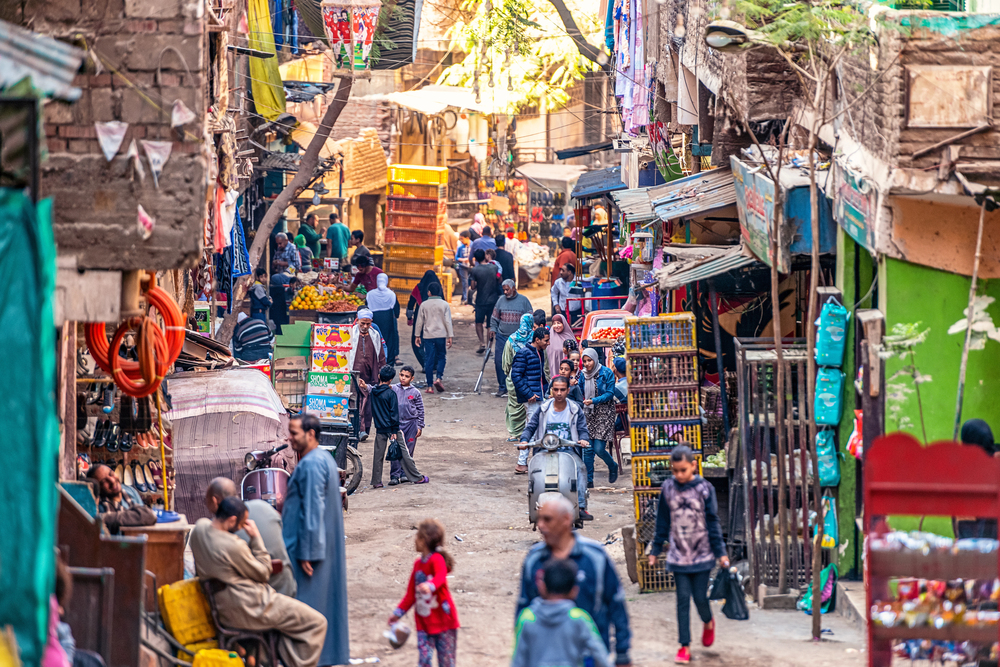
This Cairo neighborhood is built on and around mountains of garbage, earning it the
name ‘Garbage City.’ The Zabbaleen community has turned waste management into
art, recycling up to 80% of collected materials.
The unusual foundation has created a unique ecosystem of recycling-based microenterprises.
Like Travel Pug’s content? Follow us on MSN.
Kampong Ayer, Brunei
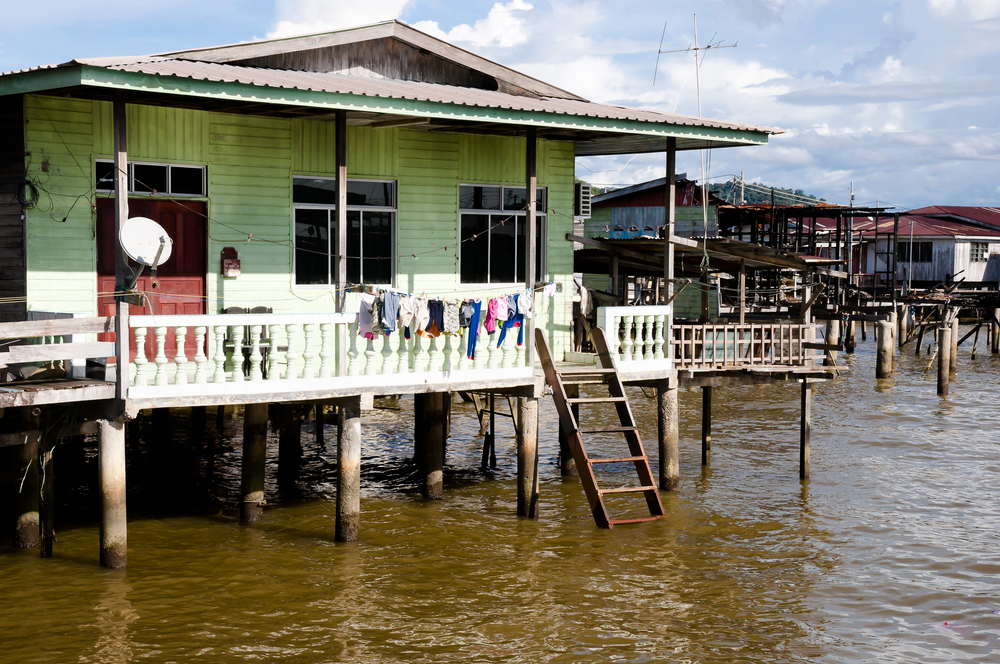
This water village houses over 30,000 people in houses built on stilts over the Brunei
River. The settlement has existed for over 1,300 years, earning it the title ‘Venice of
the East.’
Modern amenities like schools, mosques, and fire stations are all constructed on the water.
Ronda, Spain
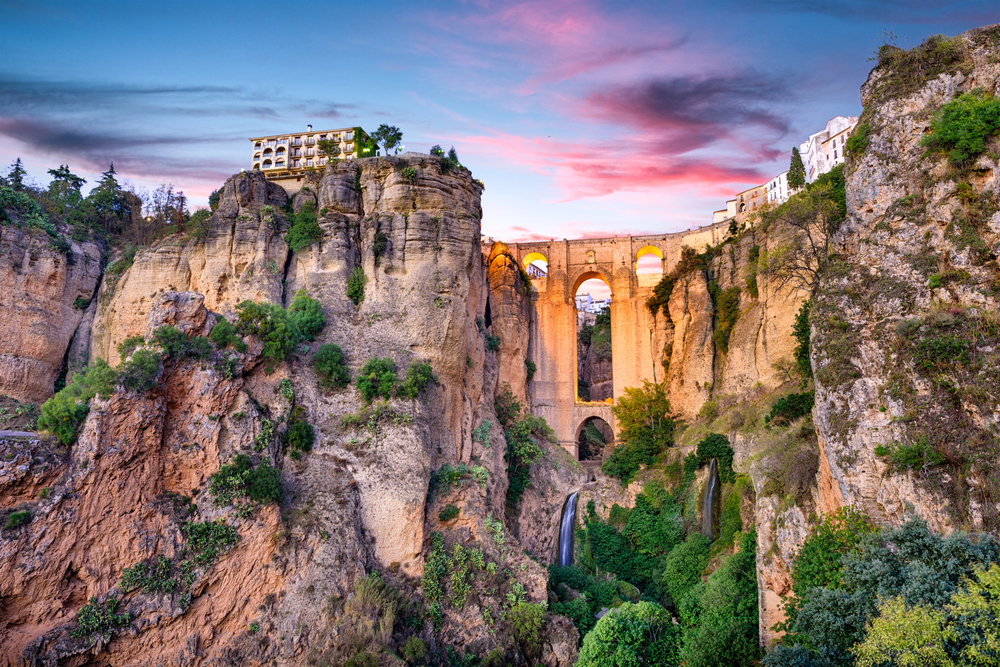
This dramatic city spans a 328-foot-deep gorge, with historic buildings on the cliff
edges. The Puente Nuevo bridge, completed in 1793, connects the old and new
town sections across the El Tajo gorge.
The precarious location required innovative engineering solutions during ancient and modern construction projects.
Meteora, Greece
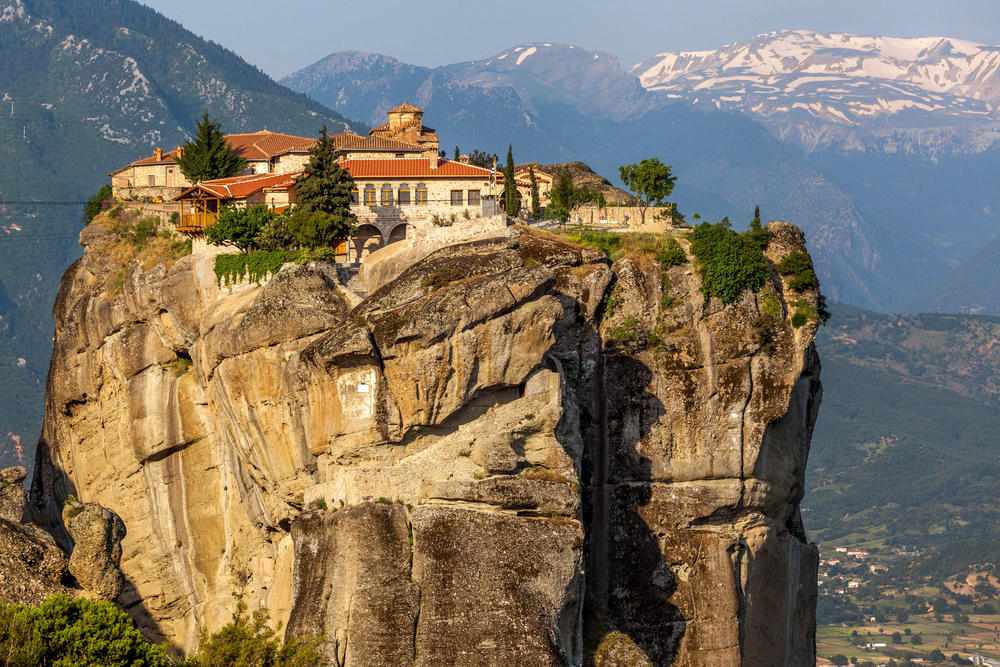
Orthodox monasteries balance atop natural sandstone pillars rising hundreds of
meters into the air. The monks originally accessed these structures using removable
ladders and nets.
The construction of these monasteries represents a remarkable feat of medieval engineering and determination.
Like Travel Pug’s content? Follow us on MSN.
Hallstatt, Austria
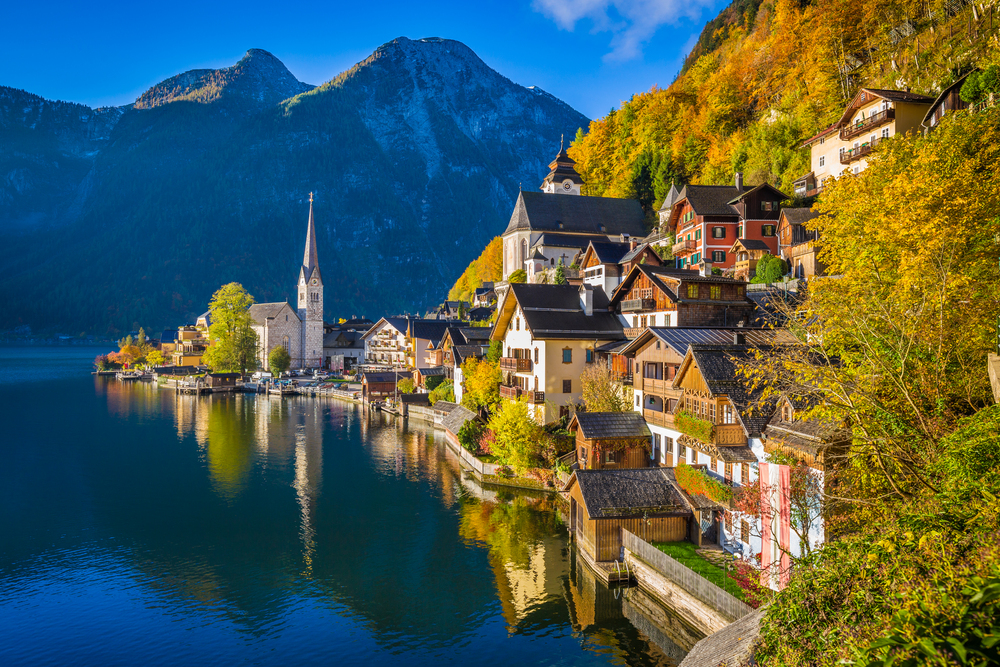
This Alpine town is built on an extremely narrow strip of land between a lake and
steep mountain cliffs. Space limitations led to the development of a unique vertical
architecture style.
Due to space constraints, the town’s cemetery features stacked graves, with bones periodically moved to an ossuary.
Bonifacio, Corsica
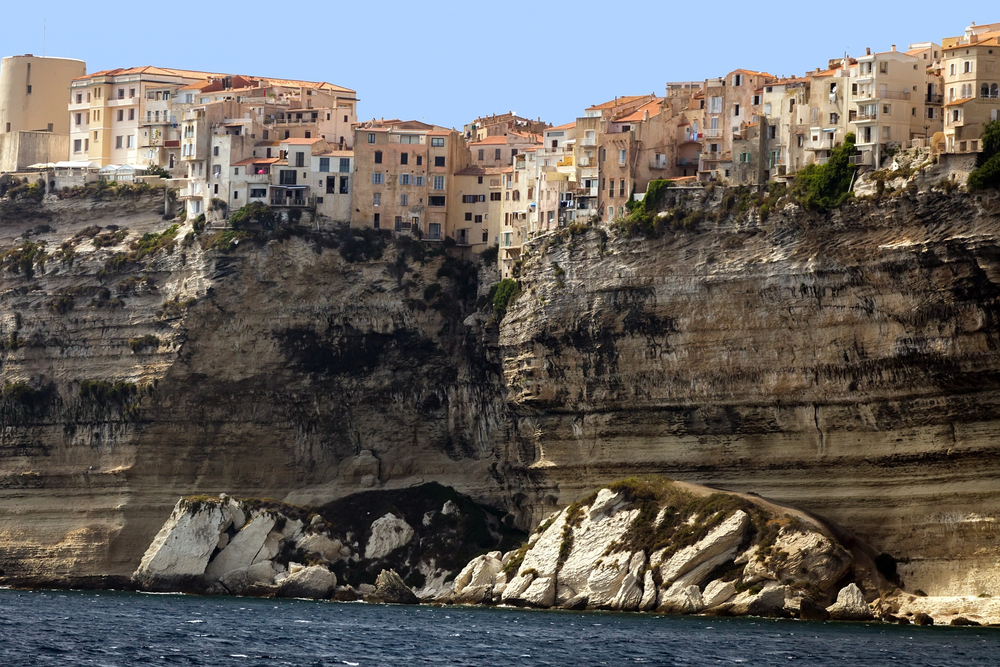
This French town sits atop limestone cliffs hollowed out by wave action below.
Buildings grow directly from the white limestone cliffs, some hanging precariously
over the Mediterranean Sea.
The unusual location required specialized construction techniques to ensure building stability.
Yangtze River Cities, China
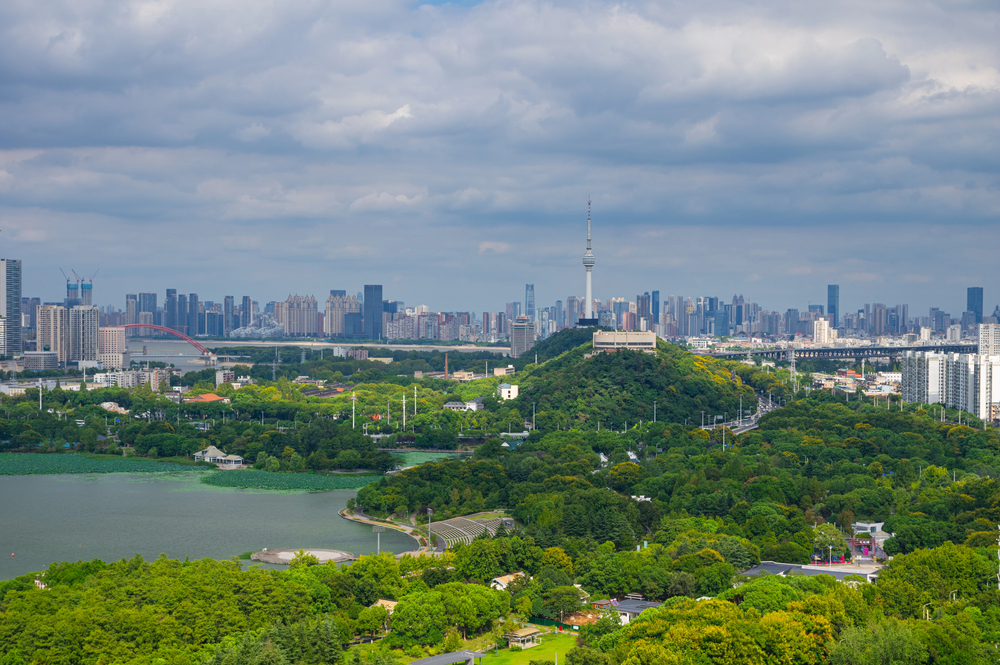
Numerous ancient towns along the Yangtze River were built on stilts to adapt to
annual flooding. These structures, known as ‘diaojiaolou,’ combine local wood
materials with sophisticated engineering principles.
The elevated design allows communities to maintain normal activities during flood seasons.
Like Travel Pug’s content? Follow us on MSN.
Matera, Italy
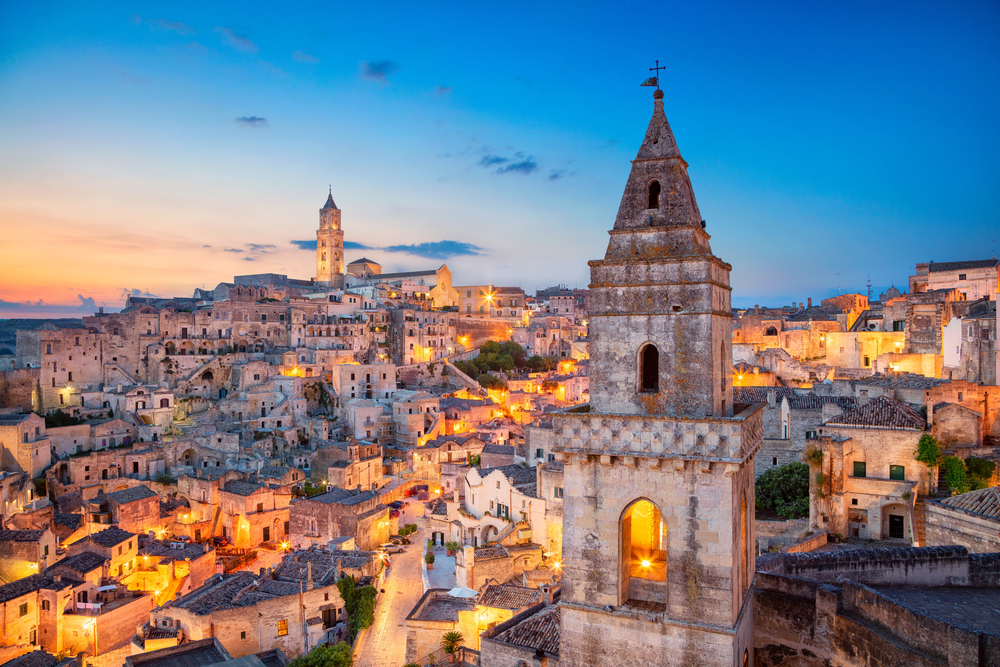
This ancient city features cave dwellings carved into limestone cliffs called ‘Sassi.’
The unusual settlement pattern dates back to the Paleolithic period, making it one of
the oldest continuously inhabited cities.
The cave homes feature sophisticated water collection and ventilation systems.
Uros Islands, Peru
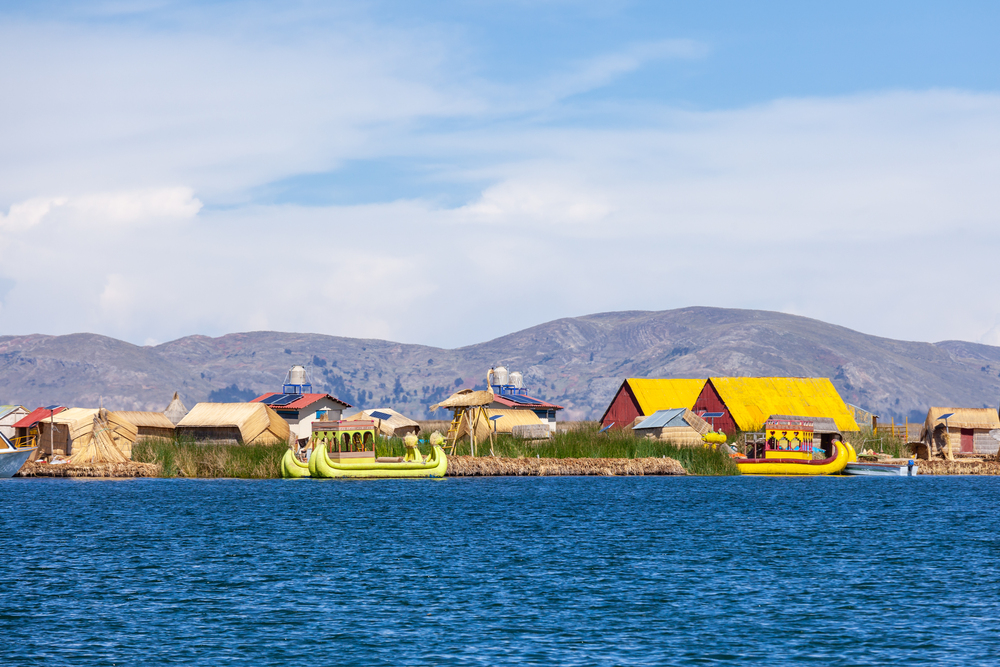
These artificial islands on Lake Titicaca are constructed entirely of floating reeds.
The Uros people continually add new layers of reeds to maintain the islands’
buoyancy.
This innovative construction technique allows the community to relocate its entire settlement if needed.
Petra, Jordan
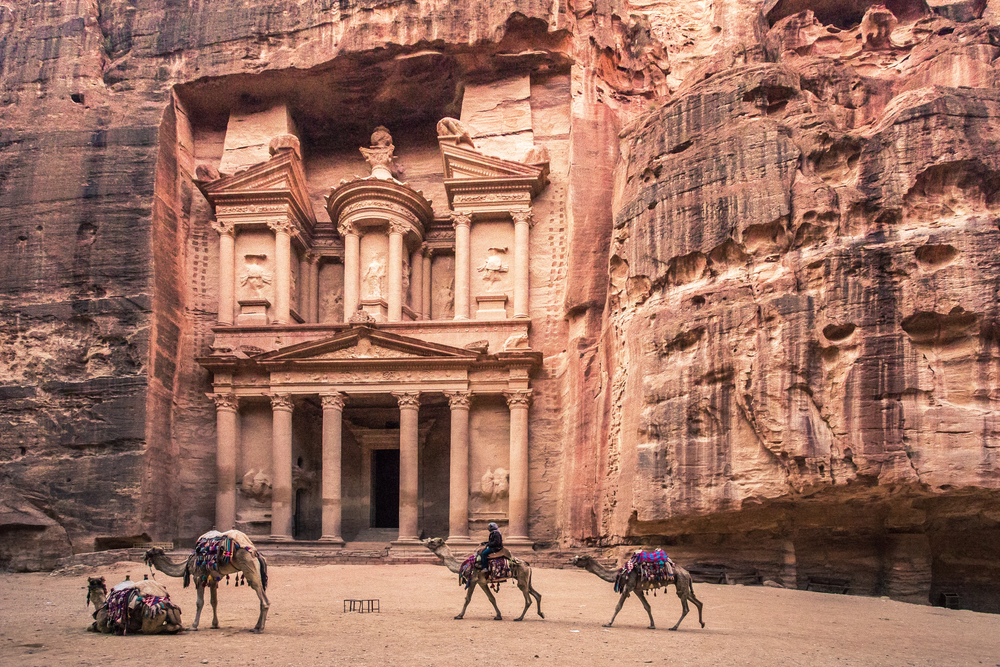
This ancient city was carved directly into rose-colored rock faces, creating elaborate
facades and internal spaces. The Nabataean builders developed sophisticated water
conduit systems within the rock.
The unique construction methods resulted in structures that have survived for over two millennia.
Like Travel Pug’s content? Follow us on MSN.
Santorini, Greece
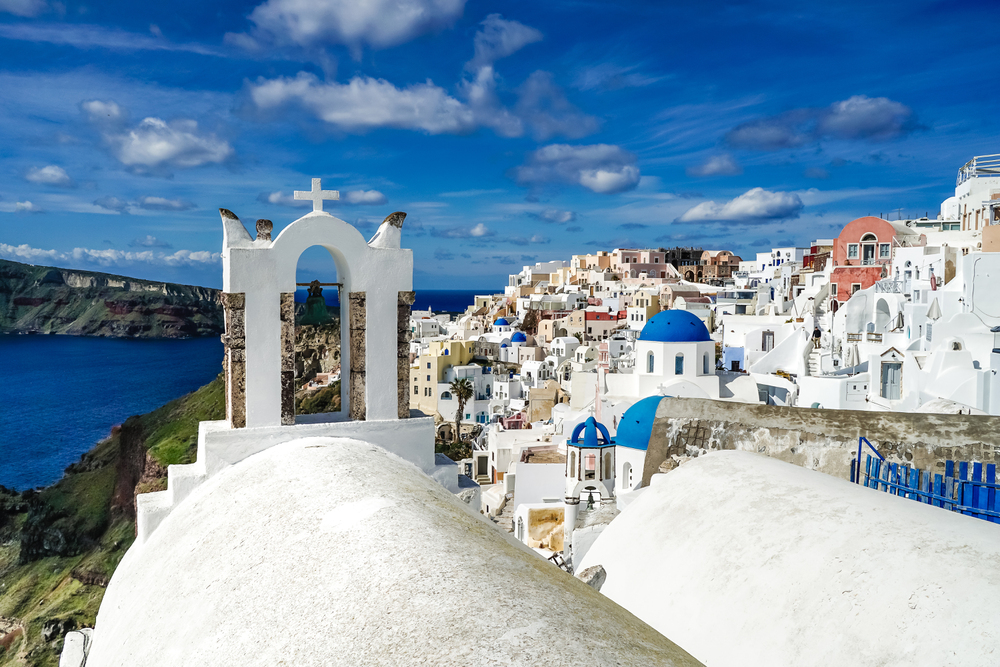
This iconic island features a town built on the rim of an active volcano caldera.
Buildings are constructed into the steep volcanic cliffs, utilizing natural caves and
volcanic materials.
The unusual topography required innovative engineering solutions for water storage and building stability.
Dubrovnik, Croatia
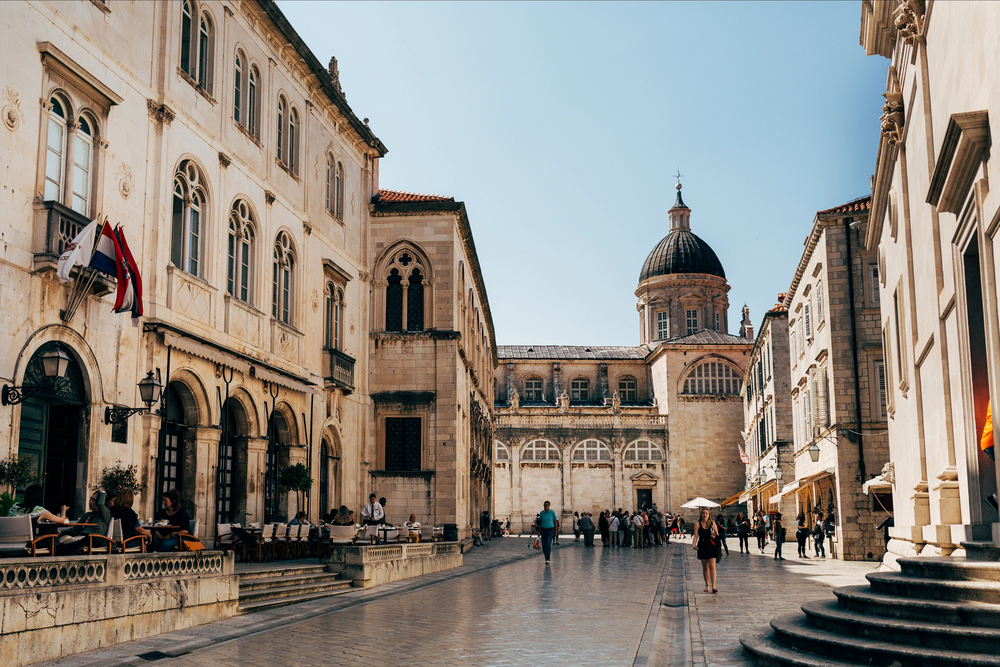
This medieval city was built atop limestone cliffs and surrounded by massive stone
walls. The founders used the natural topography to create an almost impregnable
fortress city.
The innovative use of local stone and sophisticated engineering created a unified architectural whole.
Positano, Italy
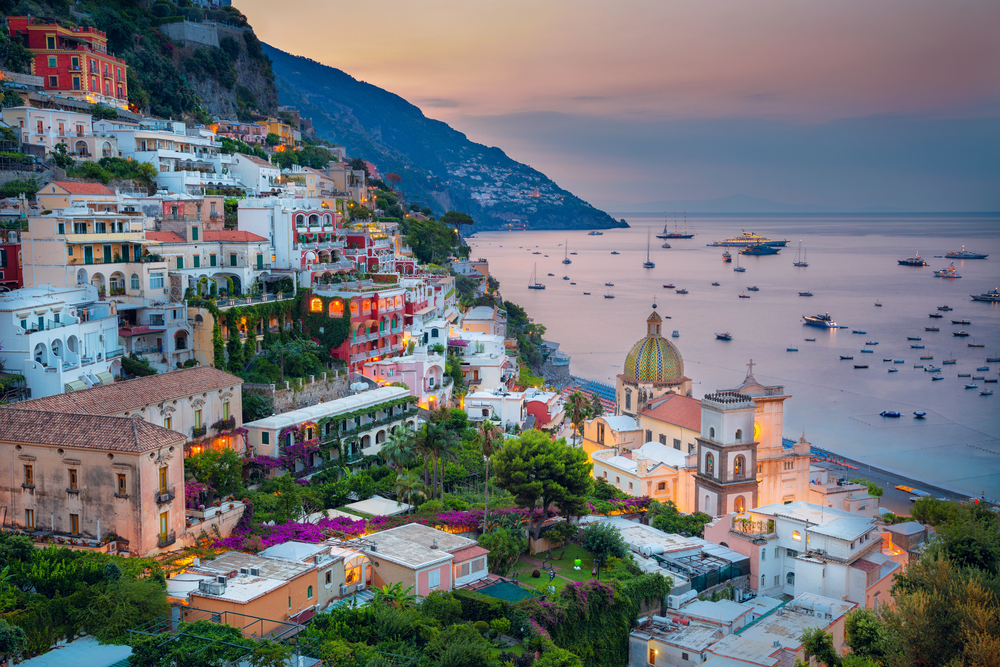
This vertical town cascades down a cliff face on the Amalfi Coast. Buildings are
stacked upon one another, connected by an intricate network of stairs and narrow
pathways.
The unusual construction pattern maximizes limited buildable space while preserving stunning sea views.
Like Travel Pug’s content? Follow us on MSN.
Mont Saint-Michel, France
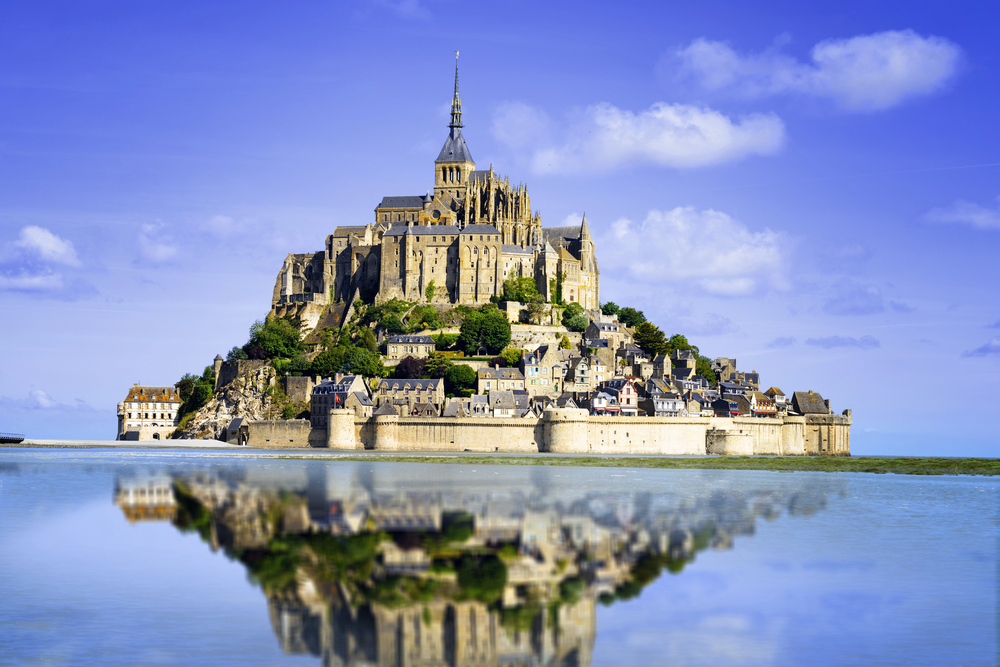
This island commune rises dramatically from a tidal bay, with buildings stacked
vertically to create a pyramidal shape. The construction required innovative
engineering to account for extreme tidal variations and unstable sandy foundations.
The result is a remarkable example of medieval architectural achievement.
Zhouzhuang, China

This ancient water town is built entirely on a network of canals and waterways dating
back to the Ming Dynasty. The town’s unique architecture features two-story houses
with waterfront arcades and distinctive bridges connecting different sectors.
The innovative water management systems have maintained the town’s character for
over 900 years.
Unique Foundations Shape Human Adaptability Today
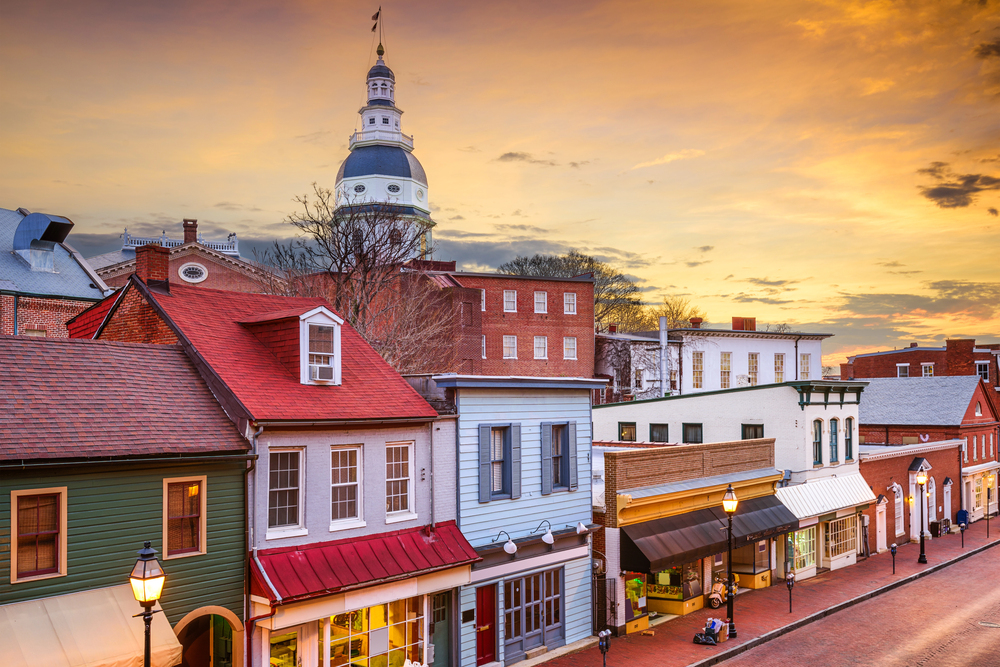
These remarkable settlements demonstrate humanity’s extraordinary capacity to
adapt and thrive in challenging environments. Each community has developed
innovative solutions to overcome its unique geographical constraints, from
underwater caves to mountaintop monasteries.
These towns serve as living testimonies to human ingenuity and determination,
proving that almost any location can become home with creativity and persistence.
Like Travel Pug’s content? Follow us on MSN.

- 15 Dangerous European Cities to Avoid
- 15 Caribbean Islands Where Tourists Keep Getting Scammed
- The 20 Most Fascinating Abandoned Places: A Journey Through Time and Forgotten Spaces
- 15 Hidden Places in the Smithsonian Museums Locals Love: A Guide to Lesser-Known Treasures
- 16 Hidden Florida Beach Towns That Aren’t Overrun with Tourists
Like Travel Pug’s content? Follow us on MSN.
